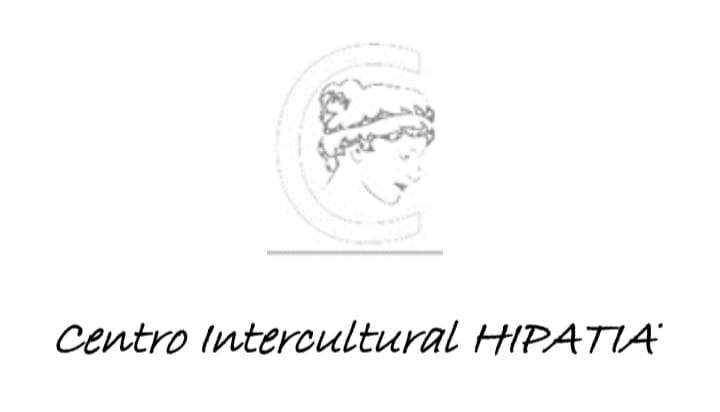El Día de Muertos es una celebración tradicional mexicana que honra a los ancestros. Se celebra principalmente los días 1 y 2 de noviembre, coincidiendo con las celebraciones católicas de Día de los Fieles Difuntos y Todos los Santos.
Es una festividad que se celebra en México y en menor grado en países de América Central, así como en muchas comunidades de los Estados Unidos, donde existe una gran población mexicana. En el 2008 la Unesco declaró la festividad como Patrimonio Cultural Inmaterial de la Humanidad de México.
El culto a la muerte en México no es algo nuevo, pues ya se practicaba desde la época precolombina. Así mismo, en el calendario mexica, que se localiza en el Museo de Antropología, se puede observar que entre los 18 meses que forman este calendario, había por lo menos seis festejos dedicados a los muertos. Posteriormente, los evangelizadores cristianos de tiempos coloniales aceptaron en parte las tradiciones de los antiguos pueblos mesoamericanos,fusionándolas con las tradiciones europeas, para poder implantar el cristianismo entre dichos pueblos.
Los orígenes de la celebración del Día de Muertos en México son anteriores a la llegada de los españoles. Hay registro de celebraciones en las etnias mexica, maya, purépecha y totonaca. Los rituales que celebran la vida de los ancestros se realizan en estas civilizaciones desde la época precolombina. Entre los pueblos prehispánicos era común la práctica de conservar los cráneos como trofeos y mostrarlos durante los rituales que simbolizaban la muerte y el renacimiento.
El festival que se convirtió en el Día de Muertos se conmemoraba el noveno mes del calendario solar mexica, cerca del inicio de agosto, y se celebraba durante un mes completo. Las festividades eran presididas por la diosa Mictecacíhuatl, conocida como la "Dama de la Muerte" (actualmente relacionada con "La Catrina", personaje de José Guadalupe Posada) y esposa de Mictlantecuhtli, Señor de la tierra de los muertos. Las festividades eran dedicadas a la celebración de los niños y las vidas de parientes fallecidos.
El paso de la vida a la muerte es un momento emblemático que ha causado admiración, temor e incertidumbre al ser humano a través de la historia. Por muchos años, en diversas culturas se han generado creencias en torno a la muerte que han logrado desarrollar toda una serie de ritos y tradiciones ya sea para venerarla, honrarla, espantarla e incluso para burlarse de ella. México es un país rico en cultura y tradiciones; uno de los principales aspectos que conforman su identidad como nación es la concepción que se tiene sobre la vida, la muerte y todas las tradiciones y creencias que giran en torno a ellas.
De cualquier modo, hay que destacar que esta celebración no es propia de todos los mexicanos puesto que, pese a ser una fiesta que se ha convertido en un símbolo nacional y que como tal es enseñada (con fines educativos) en las escuelas del país, existen muchas familias que son más apegadas a celebrar el “Día de todos los Santos” como lo hacen en otros países católicos. Además, cabe mencionar la fuerte influencia de los Estados Unidos que, al menos en zonas fronterizas, se evidencia con la presencia de la fiesta conocida como Halloween, la cual se celebra cada año con más frecuencia y en un mayor número de hogares. De ahí también que exista una inquietud entre los propios mexicanos de querer preservar el Día de Muertos como parte de la cultura mexicana sobre otras celebraciones parecidas.
The Day of the Dead is a traditional Mexican celebration that honors the ancestors, celebrated mainly on November 1 and 2, coinciding with the Catholic celebrations of the Day of the Faithful and All Saints.
It is a festivity celebrated in Mexico and to a lesser degree in countries of Central America, as well as in many communities of the United States, where there is a large Mexican population. In 2008 Unesco declared the festivity as Intangible Cultural Heritage of Humanity of Mexico.
The cult of death in Mexico is not something new, since it was already practiced since pre-Columbian times, and in the Mexica calendar, which is located in the Museum of Anthropology, it can be seen that among the 18 months that form this calendar, there were at least six festivities dedicated to the dead. Later, the Christian evangelizers of colonial times accepted in part the traditions of the ancient Mesoamerican peoples, fusing them with European traditions, in order to implant Christianity among these peoples.
The origins of the celebration of the Day of the Dead in Mexico predate the arrival of the Spaniards. There is a record of celebrations in the Mexica, Maya, Purépecha and Totonaca ethnic groups. The rituals that celebrate the life of the ancestors are carried out in these civilizations since pre-Columbian times. Among pre-Hispanic peoples it was common practice to preserve the skulls as trophies and display them during the rituals that symbolized death an.
The festival that became the Day of the Dead commemorated the ninth month of the Mexica solar calendar, near the beginning of August, and was celebrated for a full month. The festivities were presided by the goddess Mictecacíhuatl, known as the "Lady of Death" (currently related to "La Catrina", character of José Guadalupe Posada) and wife of Mictlantecuhtli, Lord of the land of the dead. The festivities were dedicated to the celebration of children and the lives of deceased relatives.
The passage from life to death is an emblematic moment that has caused admiration, fear and uncertainty to the human being throughout history. For many years, different cultures have generated beliefs about death that have managed to develop a whole series of rituals and traditions either to venerate, honor, frighten and even to mock her. Mexico is a country rich in culture and traditions; One of the main aspects that make up your identity as a nation is the conception that you have about life, death and all the traditions and beliefs that revolve around them.
Anyway, it should be noted that this celebration is not typical of all Mexicans since, despite being a party that has become a national symbol and as such is taught (for educational purposes) in schools in the country, there are many families that are more attached to celebrate "All Saints' Day" as they do in other Catholic countries. In addition, it is worth mentioning the strong influence of the United States, which, at least in border areas, is evidenced by the presence of the party known as Halloween, which is celebrated more frequently every year and in a greater number of homes. Hence also that there is a concern among the Mexicans themselves to want to preserve the Day of the Dead as part of the Mexican culture on other similar celebrations.






